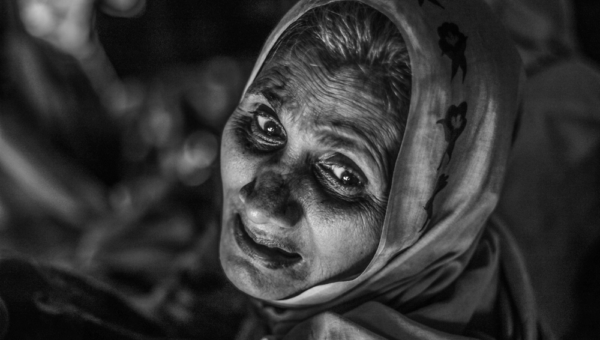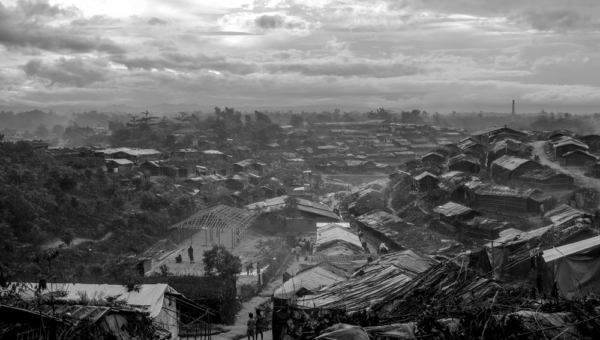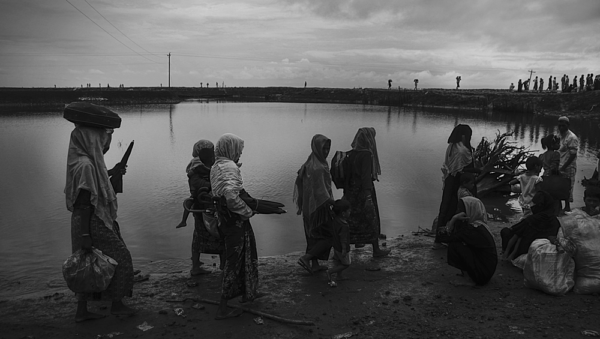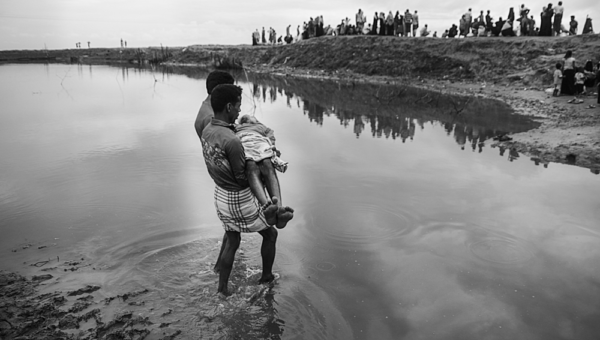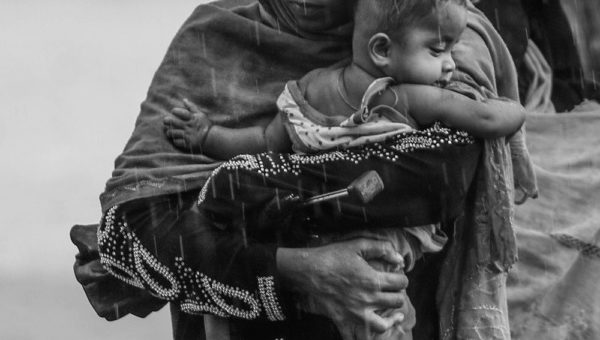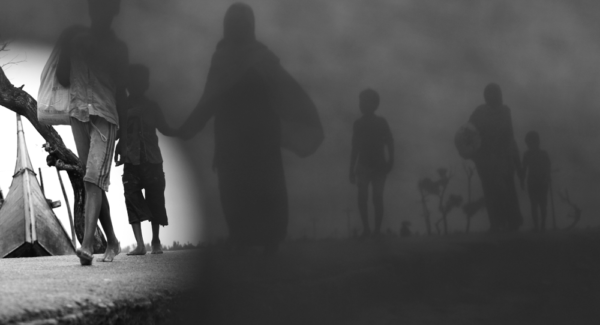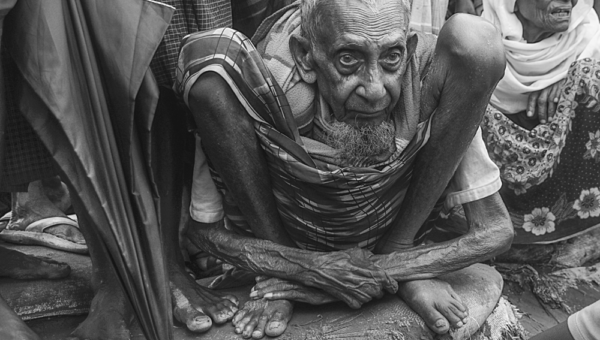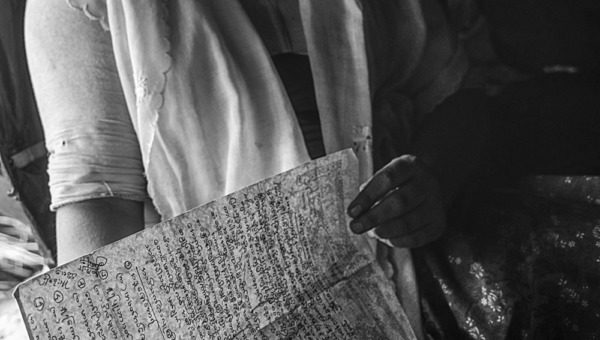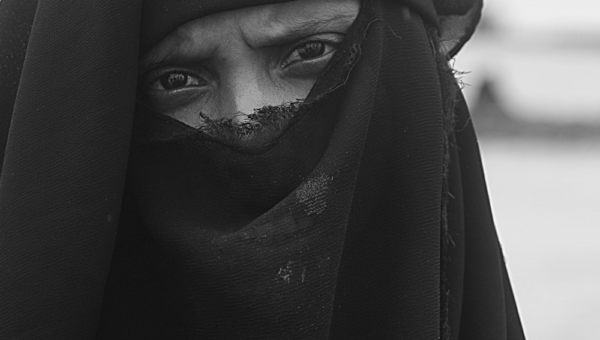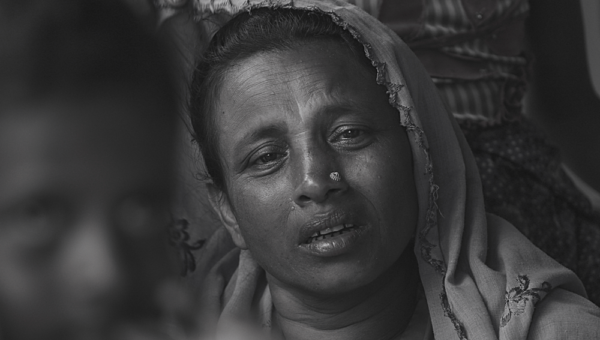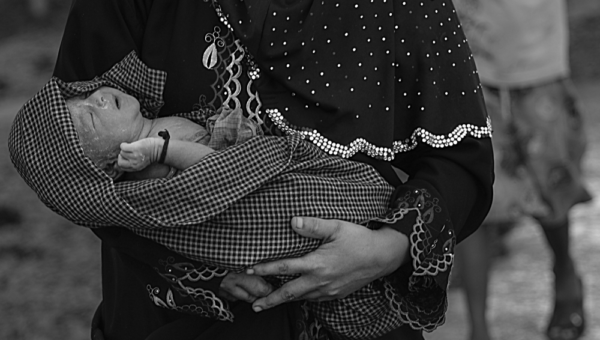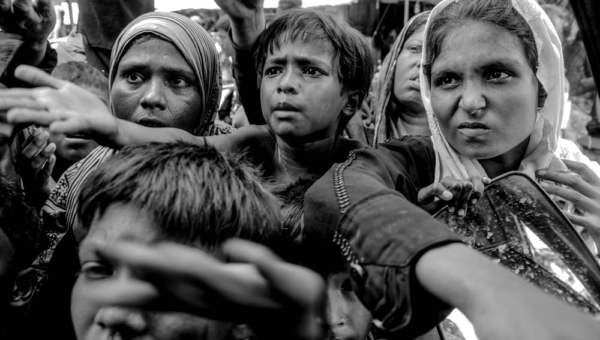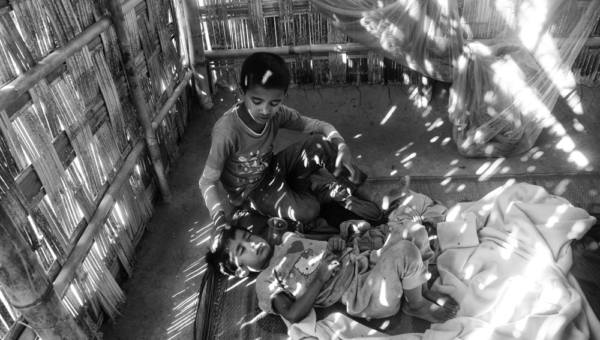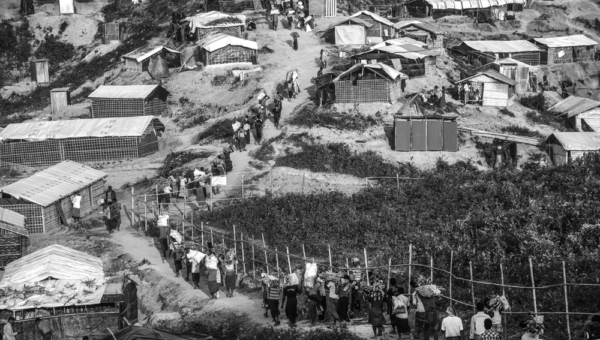Unheard Songs Of Stateless People
2017 – 2018
There is a narrative that when your tummy is filled up with foods and you have a roof up of your head, you need not to be worried. But is this narrative appropriate for the landless fled people like Rohingya refugee community in Bangladesh?
Apparently, we, the civil society know the Rohingya refugee crisis from decades. Ethnic minorities of Rohingya have historically been excluded from the mainstream. Exclusions acted as humiliation such as prejudice, discrimination, stigmatization, derision, and deprivation. Humiliation toward this community reached an extent that it went beyond the level of tolerance. These consequences compelled them to escape from their stateless motherland. Thousands of Rohingya fled to Bangladesh in different periods mainly in the late 1700s and early 1800s, the 1940s, 1978, in 1991and 1992, and most recently in September 2017. In recent periods nearly 800,000 Rohingya escaped into Bangladesh and now the country caring over 1 million Rohingya people.
Now it is a burning issue for Bangladesh as well as for international that shakes our consciences about humanity concerns. This inhumane distressful refugee life drew my attention as individual beings and also as photographers. I went to them in the southern part of Bangladesh located Ukhiya-Teknaf-Sahporir Dwip where they push-in from Myanmar. After their massive influx had started in 2017, I visited them several times and took images inside the camps where they were battling to live. No words to describe what my camera focused on the distresses of their life. New arrivals were sobbing for the basics of life. Crowds of people, children, men, and women were running after the trucks, snatching whatever they were getting. They were living anywhere they could manage a little space and the living conditions were so bad likely to spread diseases. Their deplorable destiny strikes me asking the question: where are they wanted? They know that they are not wanted anywhere. Only the existence, survival is the first. I tried to touch that pain of uncertainty and their appeal towards life by these photographs where portrayed the unheard songs of the stateless innocent people, their dreadful journey, their substantial hazards, friendship among inhabitants in the camps, their positive look, struggle for life, darkness and many more momentums.


